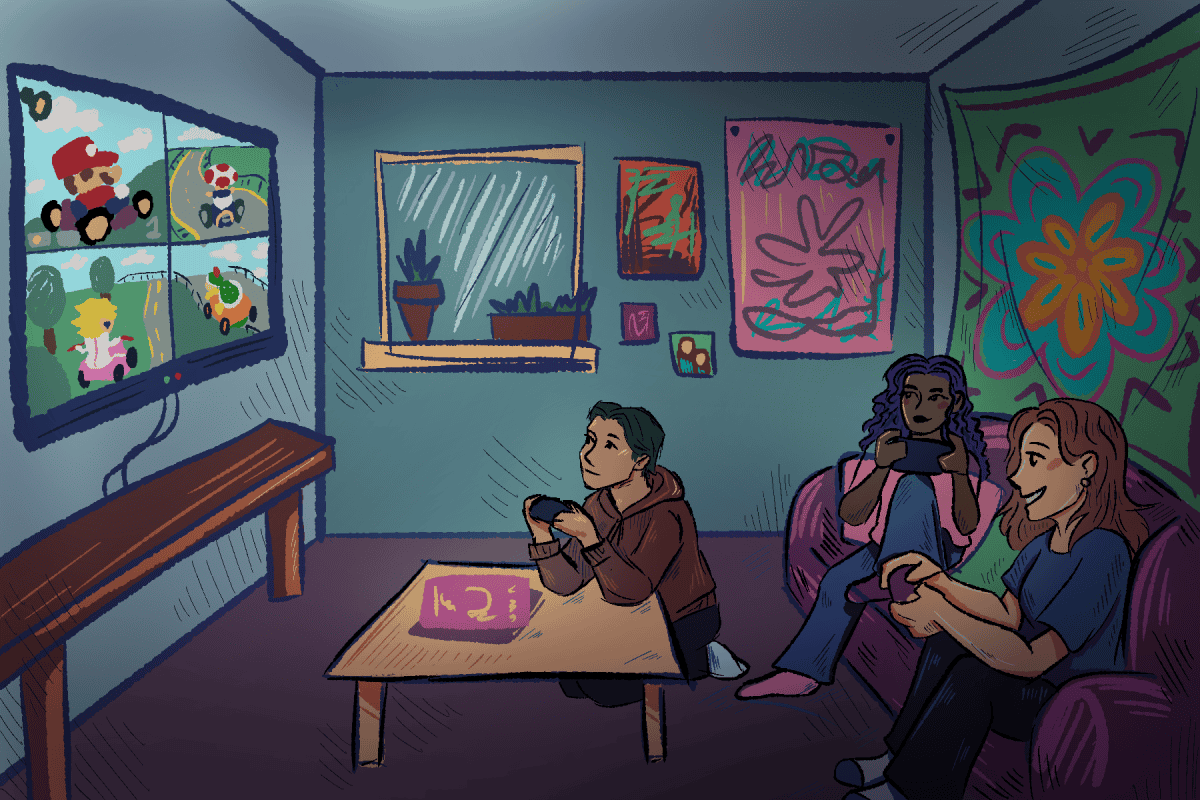As the rise of social media continues to take the entire world by storm, members of the University of Alabama community are beginning to adapt. One such social media website is Twitter, which is employed by students and professors alike to convey information quickly and conveniently.
Chris Roberts, assistant professor of journalism, uses the Twitter account @MassComm101 to provide his students with links to articles that are relevant to class discussions. Many organizations and departments on campus also use Twitter to talk to students, such as Gorgas Library (@GorgasLib), the SGA Senate (@UA_SGASenate), and the College of Communication and Information Sciences (@UACCIS). The University of Alabama even has its own official Twitter page, @UofAlabama.
So, what does it take to be a social media site? Just ask Pinterest, the newest kid on the proverbial block. “Pinterest is a virtual pinboard,” according to their website. “It lets you organize and share all the beautiful things you find on the web.”
A pin is an image added by a user that can then be liked, re-pinned, or commented on by other users. One of Pinterest’s most unique features is the gift option, which displays the price of pinned photos of objects available for purchase from other websites. The gift option allows users to keep track of their budget when planning an event and also lets users search for gifts by sorting gift pins by price range.
Due to its popularity, those wishing to join Pinterest must have an invite. Current members can invite their friends, and invites can be obtained by requesting one directly from the site’s homepage.
However, some users prefer tried and true sites such as Facebook, which has been around for years.
“Last week, in a single day, we had half a billion people share on Facebook for the first time,” said company founder Mark Zuckerberg at a corporate conference in September.
However, despite his brainchild’s great success and immense popularity, Zuckerberg said he understands the importance of constantly evolving in social media at the same conference. Social networking sites are often unstable, each at risk of losing their users to the next big site that comes along.
The first real social media giant and forerunner of Facebook was Myspace. However, Myspace has fallen on hard times as of late, as shown by the company’s admission last November that it lost over nine million members in one year. The site is down to roughly 54 million members in total. By comparison, Facebook boasts more than 800 million active users, with over 50 percent logging on at least once a day.
Victoria Morrison, a freshman majoring in telecommunications and film, explains why she stopped using Myspace.
“I used Myspace for a long time, but I stopped because it was no longer up to par,” Morrison said. “It became too cluttered and was just no longer fun to use.”
Morrison is now an avid Facebook user and said she is on the social media site for no less than three hours per day.
Pinterest, along with Facebook, Twitter, Tumblr, Myspace, LinkedIn and Google+, also has its own free iPhone application available for download so users can take their social media on the go.
“Due to the fact that smartphones have the awesome capability of connecting and enhancing the social media networks, I spend about 30 to 40 hours a week on some form of social website,” said Aaron Brazelton, a student majoring in secondary education language arts and international studies.






